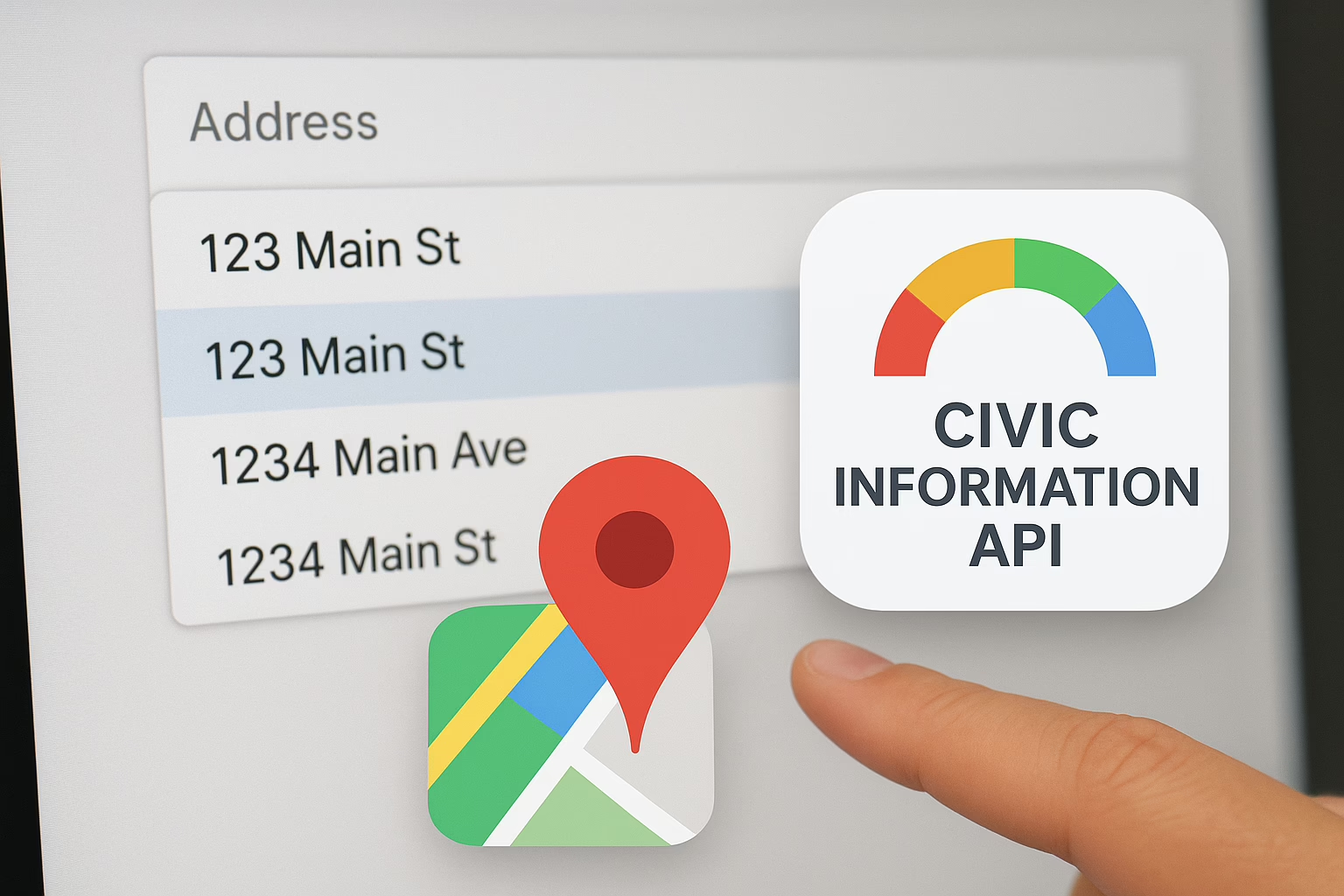Asynchronous programming is a paradigm that enables efficient handling of concurrent operations without blocking the execution flow. In Python, the asyncio library provides a powerful framework for writing asynchronous code. In this blog, we’ll explore the fundamentals of asynchronous programming in Python using asyncio, its advantages, and a practical example to showcase its usage.
Understanding Asynchronous Programming:
Traditional synchronous programming involves executing one task at a time, waiting for each operation to complete before moving on to the next. Asynchronous programming, on the other hand, allows tasks to run concurrently, making it ideal for scenarios where waiting for I/O operations, such as reading from a file or making network requests, would otherwise introduce significant delays.
Introduction to Asyncio:
Python’s asyncio is a library that provides support for asynchronous I/O operations in a single-threaded, non-blocking manner. It uses the async and await keywords to define asynchronous functions and control the flow of execution.
Example: Fetching Multiple URLs Concurrently:
Let’s consider a scenario where we need to fetch data from multiple URLs. In a synchronous approach, fetching each URL sequentially could result in considerable waiting time. With asyncio, we can fetch the data concurrently, improving the overall efficiency.
import asyncio
import aiohttp
async def fetch_data(url):
async with aiohttp.ClientSession() as session:
async with session.get(url) as response:
return await response.text()
async def main():
urls = ["https://api.example.com/data1", "https://api.example.com/data2", "https://api.example.com/data3"]
tasks = [fetch_data(url) for url in urls]
fetched_data = await asyncio.gather(*tasks)
for url, data in zip(urls, fetched_data):
print(f"Data from {url}: {data[:50]}...")
if __name__ == "__main__":
asyncio.run(main())
In this example, the fetch_data function is an asynchronous function using aiohttp for making asynchronous HTTP requests. The main function creates a list of tasks for fetching data from multiple URLs concurrently using asyncio.gather(). The asyncio.run(main()) line at the end initiates the asynchronous event loop and executes the tasks.
Advantages of Asynchronous Programming:
Improved Performance:
- Asynchronous programming allows tasks to run concurrently, reducing the time spent waiting for I/O operations. This leads to better overall performance, especially in scenarios where numerous I/O-bound operations are involved.
Responsive Applications:
- Asynchronous code ensures that an application remains responsive even when handling multiple tasks simultaneously. This is particularly beneficial in applications with user interfaces, where responsiveness is crucial for a positive user experience.
Scalability:
- Asynchronous programming is well-suited for scalable applications, enabling efficient utilization of system resources. It is especially advantageous in scenarios with a high number of concurrent connections or operations.
Conclusion:
Asynchronous programming in Python, facilitated by the asyncio library offers a powerful way to handle concurrent operations efficiently. By embracing asynchronous principles, developers can write more responsive and scalable applications, especially in scenarios where I/O-bound tasks are prevalent. The provided example demonstrates the simplicity and effectiveness of using asyncio for fetching data concurrently, showcasing the advantages of asynchronous programming in Python.
Sreyas is a prominent software and mobile app development firm, boasting extensive expertise in UI/UX design. Our global presence allows us to offer a comprehensive range of services, including data migration, database management, web hosting, infrastructure management, and more, to clients worldwide.







